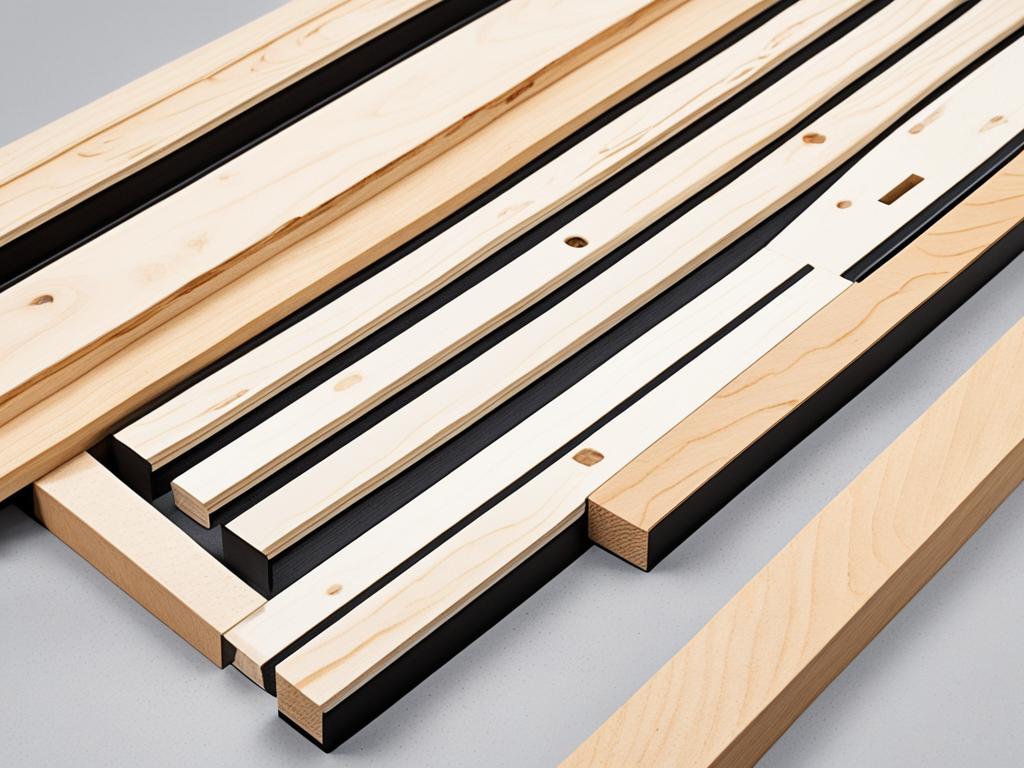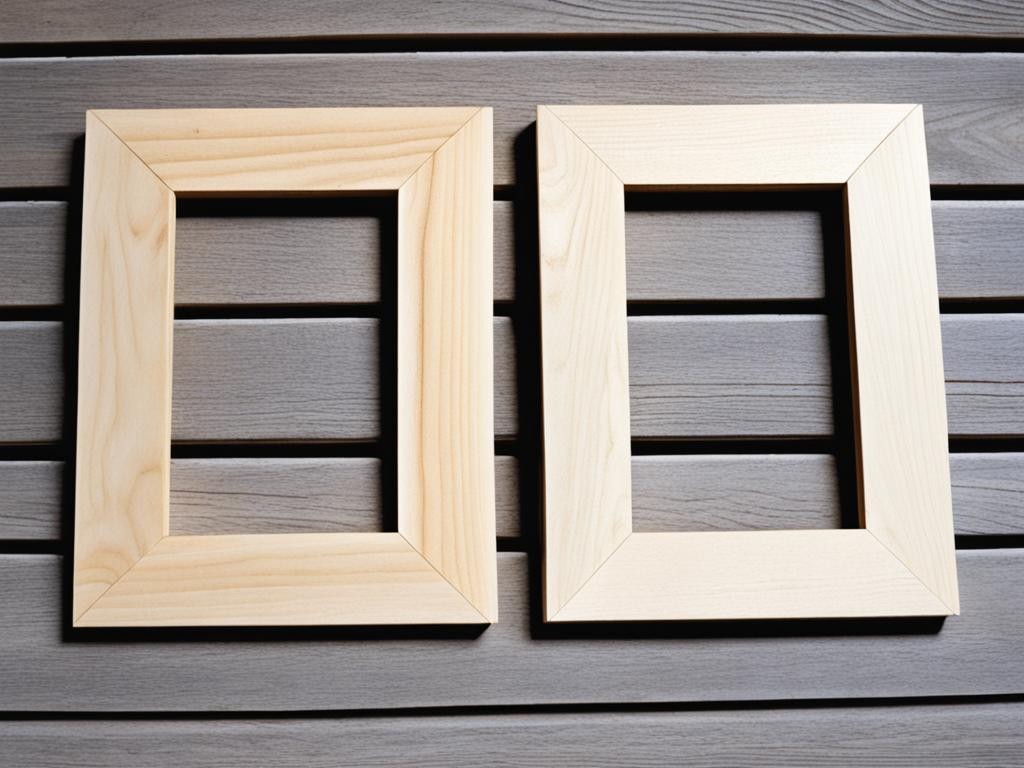When it comes to constructing wood frames, the strength of the lumber used is a key consideration. In this article, we will compare the strength of 2×3 and 2×4 lumber and discuss the differences between them. Understanding the load capacity and structural support provided by each option is crucial for determining the right choice for your construction project.
According to experts, 2×3 lumber may not be ideal for framing a room that needs to support the weight of the roof and storage above, especially if a flat roof needs to hold a significant amount of additional weight. On the other hand, 2×4 lumber offers greater structural strength, which makes it a common choice for exterior walls that require insulation.
It’s important to note that while 2×3 lumber may be lighter and easier to handle, it may require additional studs and labor to ensure proper load-bearing in wall partitions. Plywood sheathing can contribute to increased strength but may offset any cost savings associated with using 2×3 lumber.
Key Takeaways:
- 2×3 lumber may not provide enough strength for framing a room with a flat roof that needs to support significant weight.
- 2×4 lumber offers greater structural strength and is commonly used for exterior walls that require insulation.
- Using 2×3 lumber may require additional studs and labor to ensure proper load-bearing in wall partitions.
- Plywood sheathing can enhance the strength of 2×3 or 2×4 lumber but may undermine cost savings.
- Consider the load capacity and spacing requirements when choosing between 2×3 and 2×4 lumber for your construction project.
Pros and Cons of 2×3 and 2×4 for Structural Strength
When it comes to structural strength, both 2×3 and 2×4 lumber have their advantages and disadvantages. Understanding these pros and cons can help you make an informed decision for your construction project.
Advantages of 2×3 Lumber:
- Lighter and easier to handle
- Suitable for small projects
- Ideal for non-load-bearing applications
- Cost-effective option
“Using 2×3 lumber is a great choice for projects like furring out basement walls for insulation. It offers easy handling and cost savings while still providing sufficient support for non-load-bearing applications.”
Disadvantages of 2×3 Lumber:
- May require closer spacing of studs
- Additional labor needed for bearing wall partitions
- Lower load-carrying capacity compared to 2×4 lumber
- Less resistance to bending
Advantages of 2×4 Lumber:
- Greater structural strength
- Higher load-carrying capacity
- Better resistance to bending
- Commonly used for exterior walls
“If your construction project requires significant structural support, 2×4 lumber is the way to go. Its greater strength and load-carrying capacity make it a reliable choice for walls and roofs. It also provides excellent resistance to bending, which is essential for long-term structural integrity.”
Comparison of 2×3 and 2×4 Strength:
| 2×3 Lumber | 2×4 Lumber | |
|---|---|---|
| Strength | Lower | Higher |
| Load-Carrying Capacity | Lower | Higher |
| Resistance to Bending | Less | More |
| Usage | Small projects, non-load-bearing applications | Structural support, exterior walls |
Ultimately, the choice between 2×3 and 2×4 lumber for structural strength depends on your specific project requirements. Consider factors such as the load capacity needed, labor and spacing considerations, and long-term structural integrity. Consulting with a professional builder or engineer can provide further guidance in selecting the right lumber for your construction needs.

Factors to Consider when Choosing between 2×3 and 2×4
When faced with the decision of 2×3 vs 2×4 lumber for building strength, it is essential to evaluate several factors to ensure the optimal choice for your project. One crucial consideration is the load capacity required. While 2×3 lumber is suitable for lighter loads in non-load-bearing applications, 2×4 lumber provides greater strength and load-carrying capacity, making it ideal for structural support in walls and roofs.
Another factor to take into account is the spacing of the studs. Compared to 2×4 studs, 2×3 studs typically require closer spacing. This variance in spacing can impact the overall cost and labor requirements of your project. By carefully considering the spacing needs, you can make an informed decision that aligns with your budget and project specifications.
Certainly, it is vital to consult local building codes and regulations when making your selection. Ensuring compliance and safety is of utmost importance in any construction endeavor. By adhering to local guidelines, you can guarantee that the chosen 2×3 or 2×4 lumber meets the necessary standards and contributes to the structural integrity of your building.
FAQ
Is 2×3 lumber as strong as 2×4 lumber?
What are the advantages of using 2×3 lumber?
What are the disadvantages of using 2×3 lumber?
When should I choose 2×4 lumber over 2×3 lumber?
What factors should I consider when choosing between 2×3 and 2×4 lumber?
Source Links
- https://www.diychatroom.com/threads/are-2×3-strong-enough-for-storage.709142/
- https://www.homeownershub.com/woodworking/2×3-vs-2×4-105812-.htm
- http://www.reefcentral.com/forums/showthread.php?t=2225265
